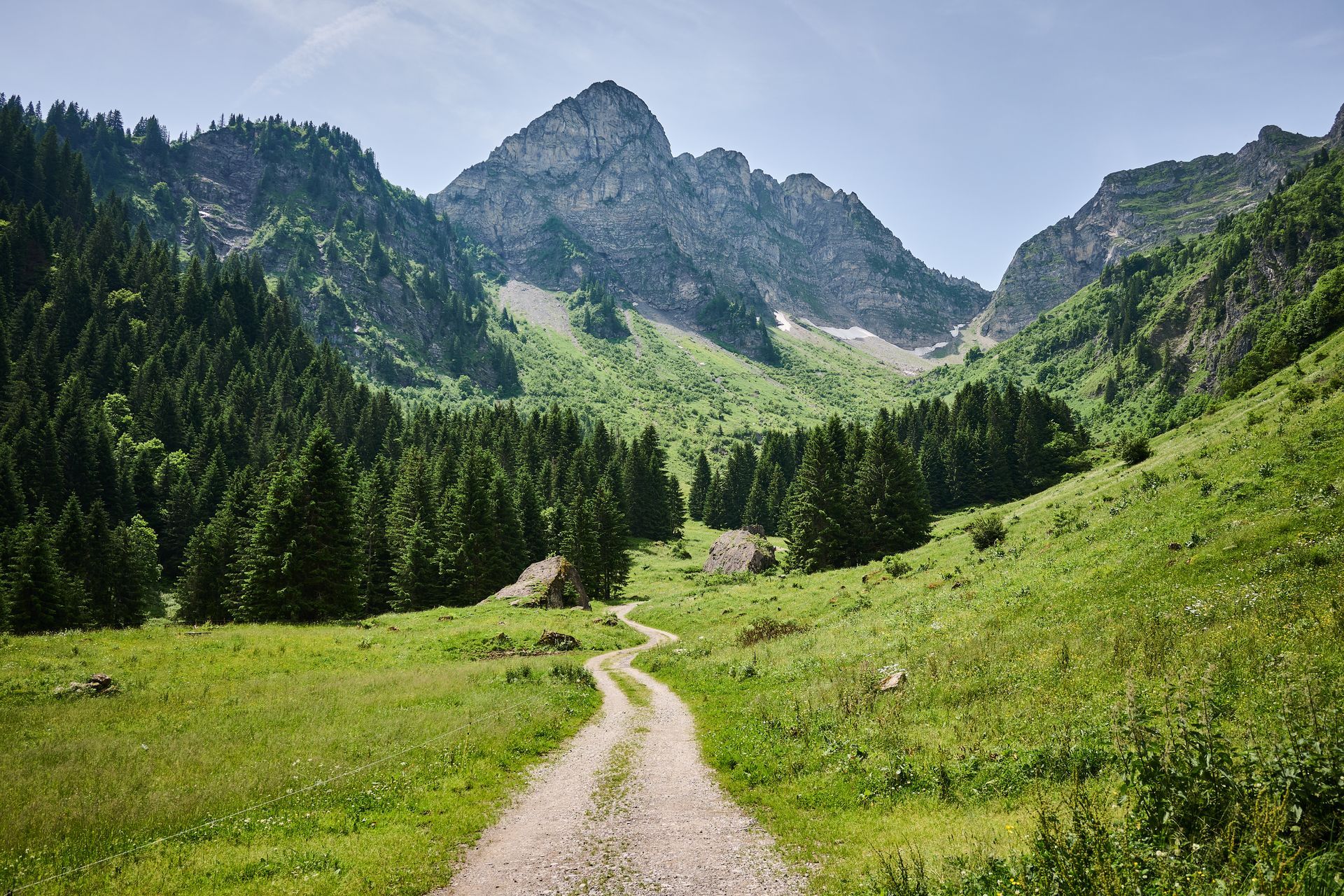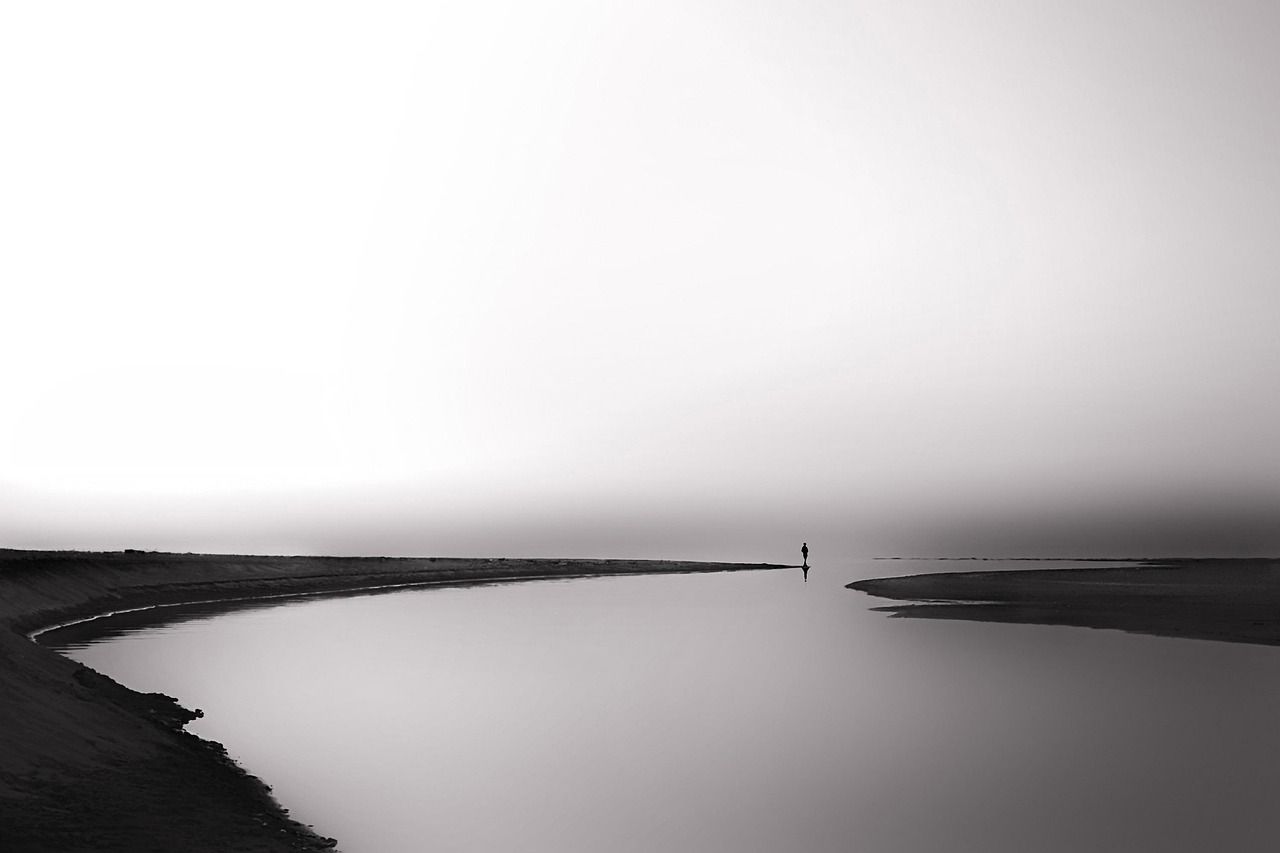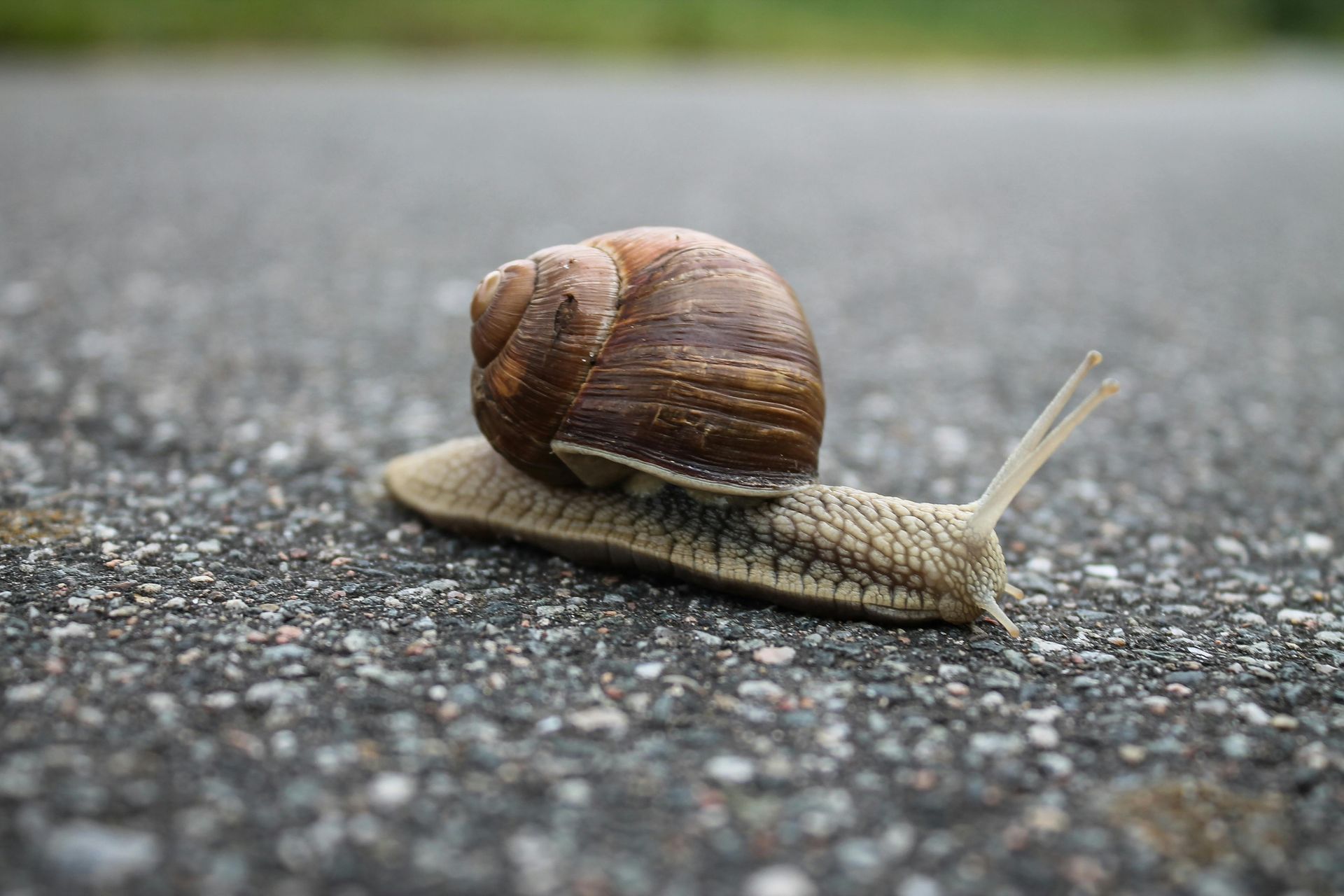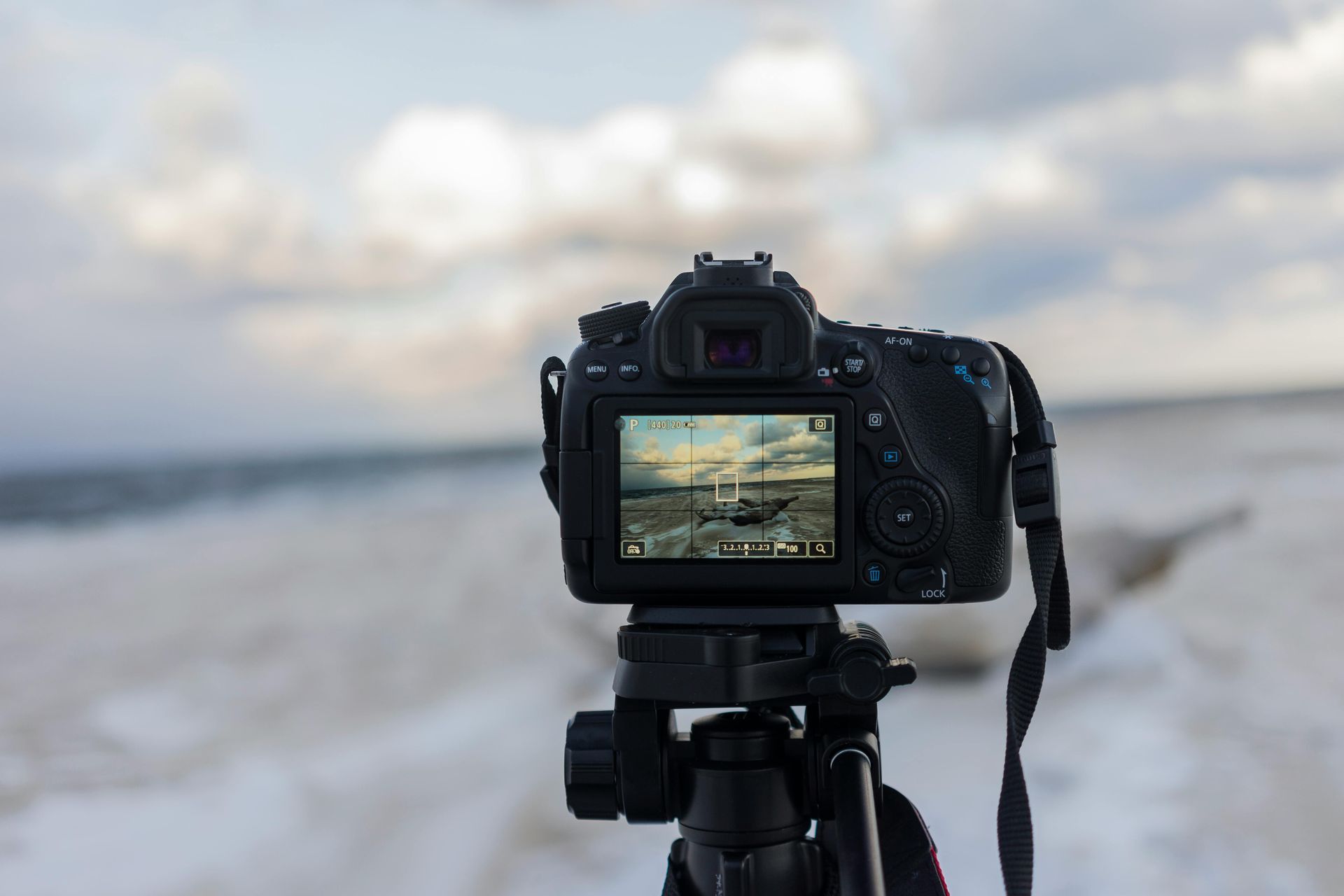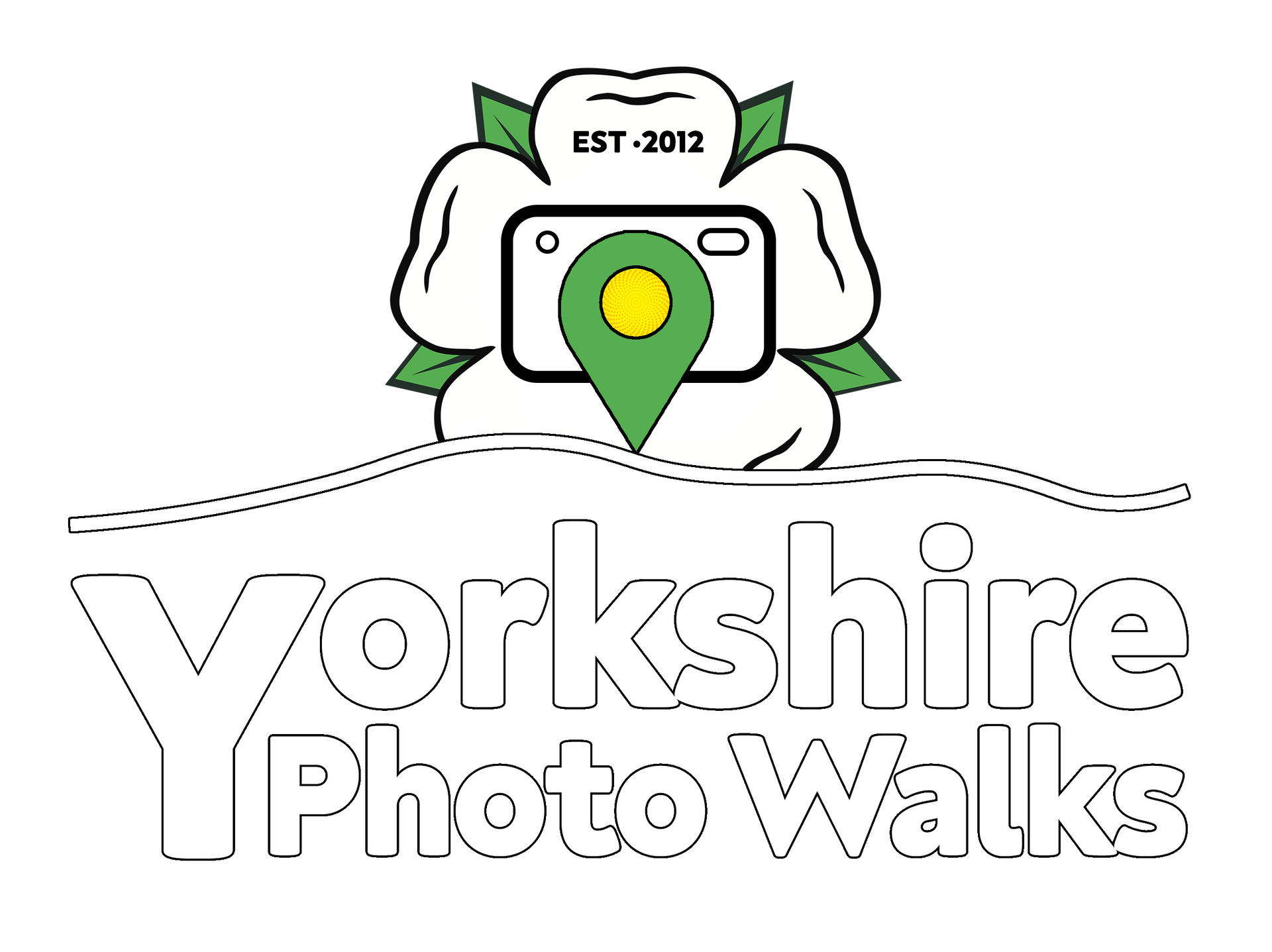Who is the Yorkshire Photo Walks tutor?
In 2008, I studied a module as part of a website design degree, that was to change the course of my life forever. The module was called 'Digital Imaging' and it opened my eyes to the world of photography.
Whilst studying this module, I discovered the work of northern industrial landscape photographer John Davies. It made me realise that photography wasn't just about making pretty pictures; it has a gritty, more rhetorical side.
From that moment on, I started searching for more inspiration to shape my own photography work, discovering other 'new topographic' photographers such as: Stephen Shore, Andreas Gursky, Edward Burtynsky and Bernd & Hiller Bescher.
In 2012 I embarked upon a Masters Degree course in Photographic Studies at the University of Westminster and also set up Yorkshire Photo Walks. I found myself between two very different worlds. On one side I was discovering innovative and exciting approaches to photography and on the other, I was helping people to develop more traditional skills. One day I would be standing in front of a piece of contemporary photographic art in the heart of the capital, the next I would be in front of a waterfall, slowing down my shutter speed.
Although between these different worlds, I felt balanced. My portfolio was enriched by the positives of both camps. However, on graduating from my course in 2014, I felt myself becoming adrift. Because I was putting so much effort into growing my tuition business, my personal work took quite a heavy hit.
A few years ago, I was asked, 'what type of photographer are you?' I paused, and soon realised I couldn't give an answer.
Don't get me wrong, I love all the photography I do under the umbrella of Yorkshire Photo Walks, but because I cover such a variety of genres and styles, the photography that actually defines me, has become blurred.
Just like the discovery of John Davies and his new topographic contemporaries, this question galvanised me into searching for Tom Marsh the photographer, not the Flat Capped Photographer. In doing so, it has taken me on another journey of discovery and, although 10 years after graduating from my MA, I am proud to announce the launch of my brand new portfolio website!
It showcases the work that I feel defines me, not just as a photographer, but as a person. You will see that a lot of it is a far cry from the photographs you will see on the Yorkshire Photo Walks website, but I see that as a positive thing. I am starting to re-address the balance.
Click here to check out my new portfolio site!
